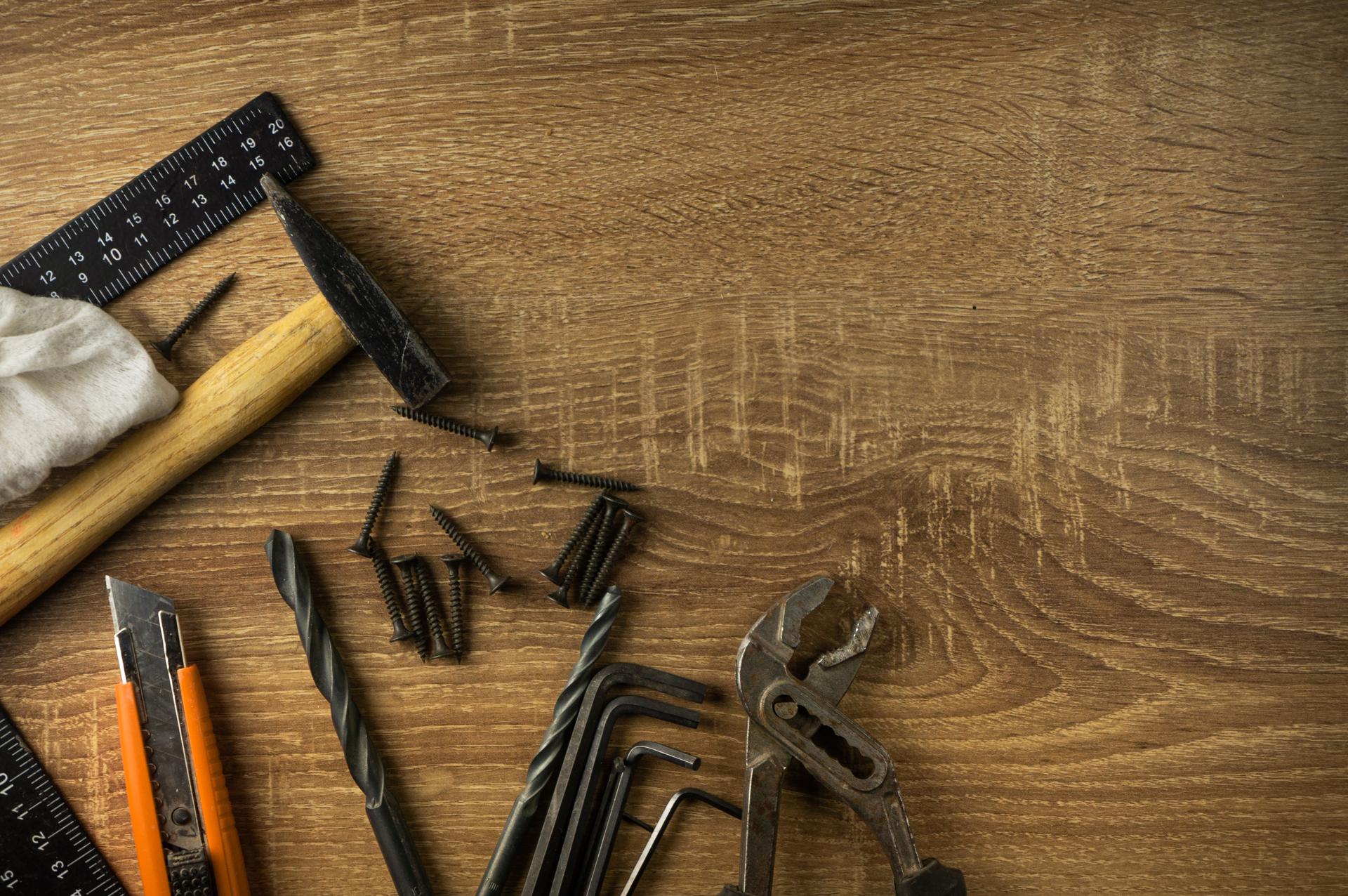Fix Your Home's Plumbing Problems Like a Pro with this DIY Guide

They are an essential part of every household. Without proper maintenance they could become the source of numerous problems that can lead to frustration and expensive repairs.
There are numerous advantages to learning to fix small plumbing problems yourself, including saving money as well as gaining important skills. In this article, we’ll discuss common plumbing issues and DIY techniques to fix them.
Common Plumbing Problems
Dripping Faucets
Dripping faucets aren’t just irritating, they also use up a large quantity of water in the course of time. The most typical cause of the faucet to drip is a worn washer or O-ring. To resolve this issue switch off the supply of water for the faucet. disassemble the handle, and then replace the worn-out washer or O-ring.
Running Toilets
A running toilet is a common plumbing issue that could waste a lot of water. The most typical reason is a defective flapper valve that doesn’t seal properly, allowing water to flow from the tank into the bowl. To resolve this issue switch off the water supply to the toilet, open the lid of the tank, then adjust or replace the flapper valve.
Clogged Drains
The cause of blocked drains is by various things such as hair, soap, and food particles. To get rid of this problem you could try using either a plunger or drain snake to clear the obstruction. Alternately, you could make a paste of vinegar and baking soda to dissolve the clog.
Low Water Pressure
Low pressure water in the pipes can be caused by various reasons, such as the buildup of minerals in the pipes or a defective pressure regulator. To resolve this issue it is possible to clean the aerator and replacing the pressure regulator.
Tools Required for DIY Plumbing
To carry out DIY plumbing, you’ll require some basic tools, such as an adjustable wrench, a plunger pipe wrench, Teflon tape, and a screwdriver. The tools you have on hand will help you fix minor plumbing issues.
Safety Tips for DIY Plumbing
Safety should always be top of mind whenever you are performing any plumbing work that you do yourself. Some safety tips to consider include turning off the water supply before making any repairs, and wearing gloves and safety glasses, and keeping a first-aid kit on hand in the event in the event of an emergency.
DIY Plumbing Techniques
For fixing common plumbing problems it is necessary to master a few DIY plumbing tips, like how to shut off your water source, how to repair a leaky faucet, how to fix an unresponsive toilet and how to clear a drain, and ways to increase the pressure in your water. These techniques can save you time and money on small plumbing repairs.
Conclusion
In the end, knowing how to fix minor plumbing problems yourself can be beneficial in many ways. Not only can it cost you less cash, it can provide you with an appreciation for your efforts and valuable abilities. However, for more significant plumbing problems, it’s better to consult a professional plumber.
FAQ
Can I fix a plumbing problem myself?
Yes, you are able to fix minor plumbing issues yourself by learning basic plumbing tips for DIY.
What are the most frequent plumbing issues?
The most common plumbing problems are leaky taps and toilets that run clogged drains, and low pressure water.
What tools do I need for DIY plumbing?
There are a few indispensable tools like the plunger, an adjustable wrench pipe wrench Teflon tape, and a screwdriver.
Is DIY plumbing safe?
DIY plumbing can be safe if you follow safety guidelines and take proper steps.
When should I call for a licensed plumber?
You should contact a licensed plumber to address plumbing issues that require specialist equipment and knowledge.
